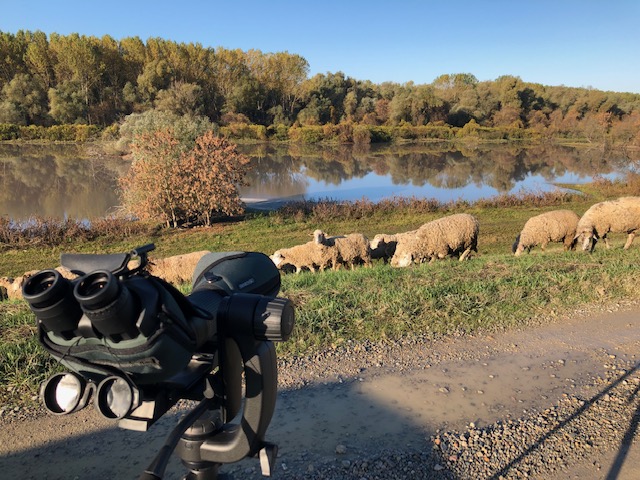
Did you know that my wife actually invented the binocular spotting scope? I lack proof of this but she did, honestly. As a scout would say “On my honour it is so”. Seriously though, we were walking our dog at the local park when out of the blue she said (and she is not into birding at all) “ You know what would be great. If that telescope thingamajig of yours had two eyepieces instead of one. Like binoculars have but with further reach. Imagine looking at birds through that.” If this is not enough proof for you all I really don’t know what is! Anyway, I paused for a moment and finally replied “Yeah, that would really be a pretty cool thing. And two years later that pretty cool thing actually came to be.
A couple of months before its actual release, Swarovski announced something big coming our way. There were rumours of cameras, some devices for bird ID, etc. Nobody was prepared for what that something was. And then at the 2017 launch in Austria there were to be heard Ooooh’s! and Aaaah’s! from the gathered optic experts, journalists and birders.
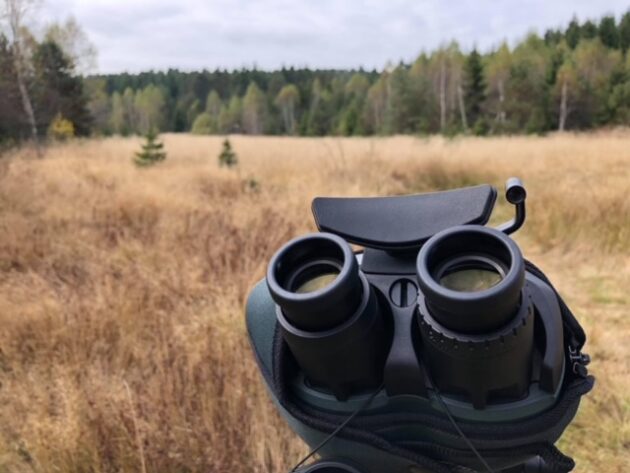
As an amateur astronomer and astrophotographer I am quite familiar with binoviewers and employ them frequently for visual work with telescopes. But this, this is something quite different. So what’s so special about it? The BTX is basically a binocular eyepiece module that, like its famous monocular brother, is compatible with all the available ATX/STX objective modules, from the 65mm all the way up to the new 115mm. With the 65 and 85mm modules it offers 30x magnification, and 35x with the 95 and 115mm. Doesn’t seem much, does it? It ain’t but here comes the good part. With the use of the ME 1.7x magnification extender, which I cannot praise enough and highly recommend, they can be increased to 50x and 60x respectively. Nearly all extenders affect the quality of the image viewed. This one doesn’t. It is my opinion from personal experience that there is really no point in buying the BTX without the extender. Just lock it in and leave it there. You need never take it off. The scope comes with a built-in forehead rest which is very useful. It completes the whole idea and purpose of the scope. There is also a removable aiming aid or finder that I had no real use for but nevertheless it’s a nice add-on which I guess can come in handy at times.
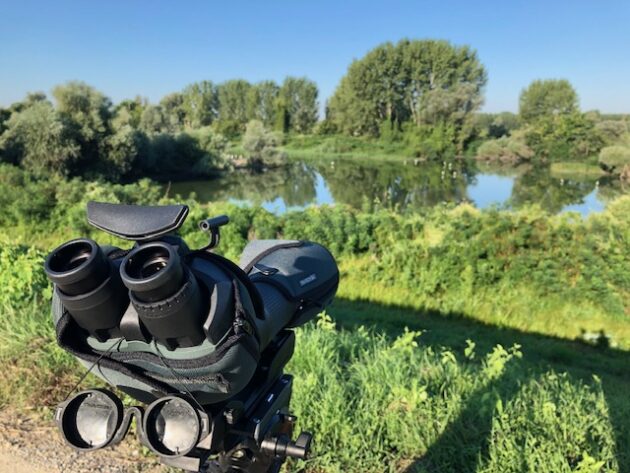
At first I hesitated with purchasing the scope because I presumed that Swarovski designed it for very restricted use, namely for prolonged bird counts over vast surfaces such as lakes, sea coasts, etc. Boy was I wrong. Whenever I acquire new equipment I usually test it at one of two very different locations: A forested hill on the outskirts of Belgrade ( great place for woodland birds such as the Black Woodpecker (Dryocopus martius) and Eurasian Treecreeper (Certhia familiaris) and the Beljarica Foreland (for waders, ducks, etc.). Since a forest is not the most suitable place for such a scope I went to the backwaters instead. As soon as I drove up the levee which overlooked the marshes on the other side I spotted many cormorants, ducks and egrets and also a couple of Eurasian Spoonbills (Platalea leucorodia) , which foraged by sweeping with their bills.
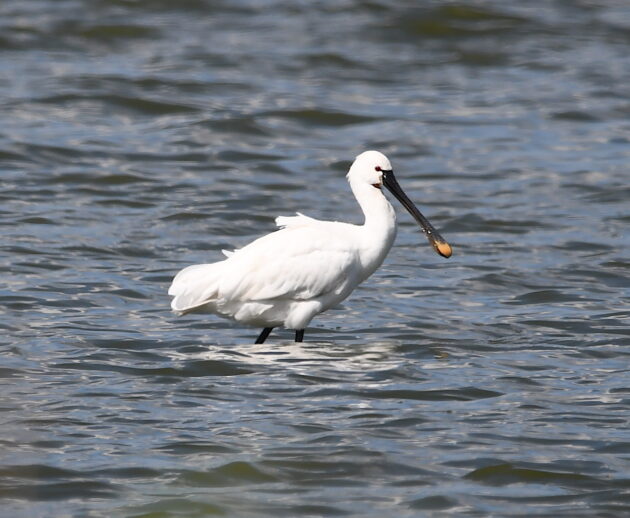
The ability to look with both eyes open at high magnifications is truly a revolutionary viewing experience which gives the comfort required for long-term observations. By using both eyes your brain receives more information making everything you see have a greater depth of field and feel more three-dimensional. Subtle details which might slip past a conventional scope are now fully shown.
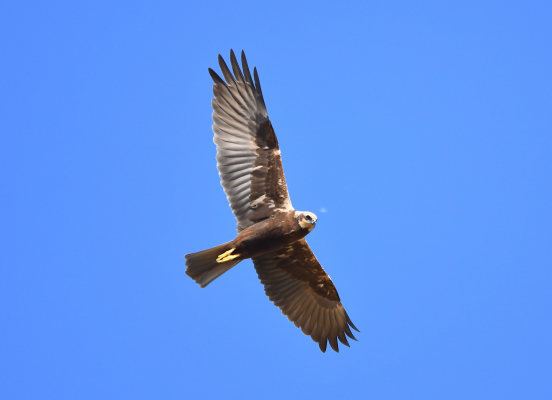
This last part was especially true when, thanks to the PTH tripod head and BR balance rail (you can better get the idea of the whole system operating in this video of mine), I easily followed a female Marsh Harrier (Circus aeruginosus) as it took off from a nearby tree and along the way saw such amazing details that were just not possible to see with only one eye. By viewing with both eyes and with the help of the forehead rest I was able to scan for hours on end. It is definitely the most comfortable scope that I have ever looked through.
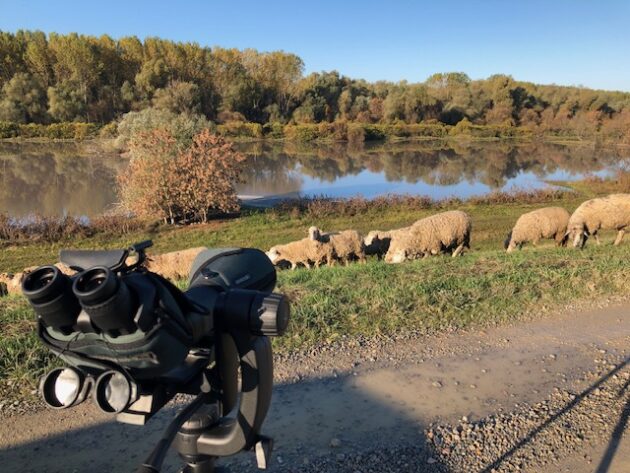
Now enough with all the praise and good stuff. What are the downsides? Ok, let’s start with the obvious. First of all, it’s very expensive, even for Swarovski. As you move higher up the objective lens diameter ladder the price becomes so high that at 115mm you are looking at a price range of 5-6k euro which is completely insane. I have to admit though ,that if for example you already posses an ATX/STX mono system , then the price for just the BTX eyepiece module is kind of acceptable. Kind of.

Secondly, it is very heavy and cumbersome which is to be expected of course. Forget about taking it on long walks or hikes. That just doesn’t work. I am mentioning this because Swarovski advertised it inside their BP 30 backpack, all strapped in and snug. You’d think you could fit an elephant inside comfortably after watching their presentations. Well, you couldn’t. The straps are just not strong enough to keep it in place. It sort of moves about all the time because it’s just too heavy. And another thing. To fit it “nicely” inside the backpack you have to detach the eyepiece module from the objective module which becomes tiresome after a while. No, this big boy is meant to stay put with all the modules attached like for example on a house deck if you live by a lake or in the back of your car. I mean it’s ok for really short distances but for hikes it’s a no no.













A great review! I particularly like that you point out the downsides as well.
Alot of coin ,But its top shelf optics . Accurate description of the weight involved too. But the View out is superb.